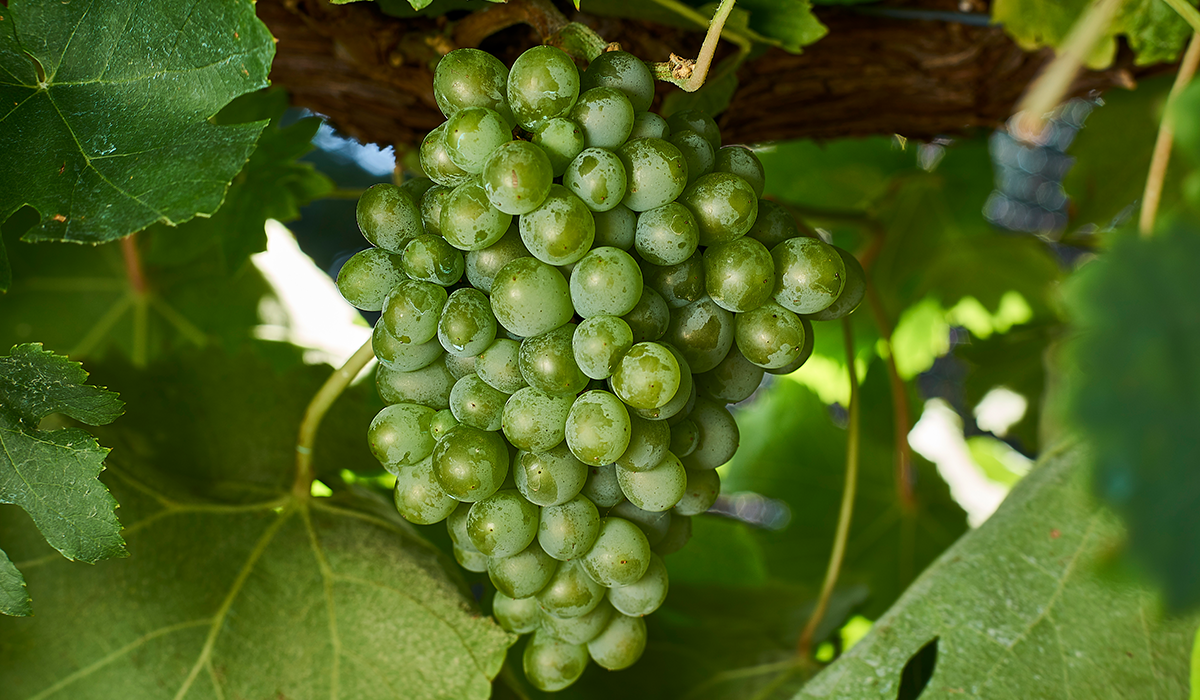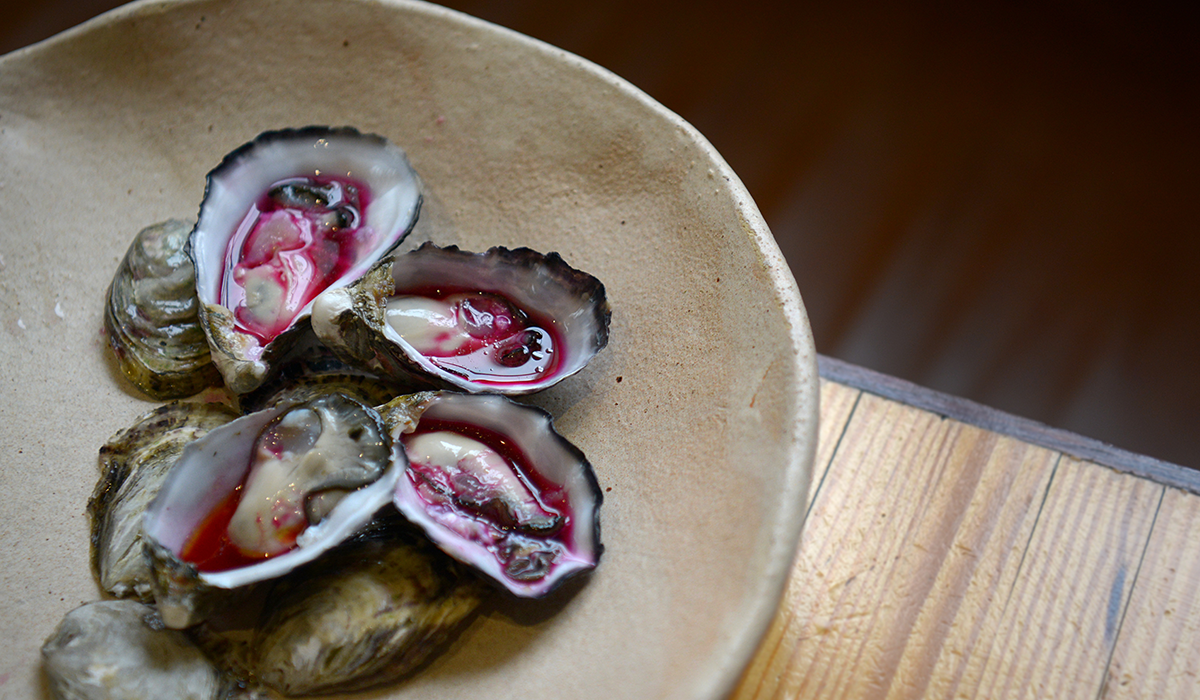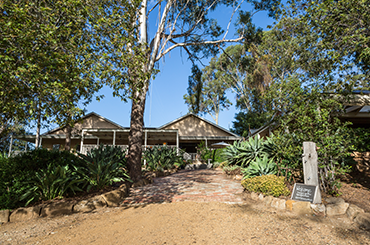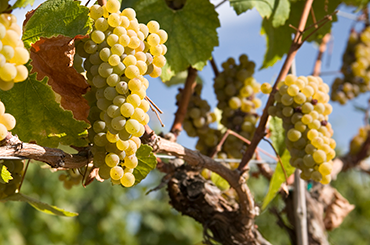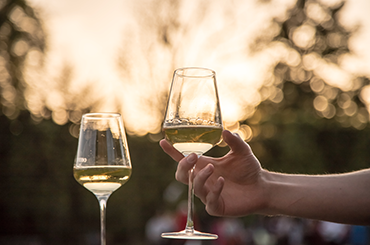Go to section: Fiano tasting characteristics | Origins of fiano | How to pair food with fiano | Serving temperature for fiano | The best Australian fiano regions
Fiano Wine
What is fiano? Unlike viognier, gewurztraminer or southern Italy’s other signature white grape variety of falanghina flegrea, fiano is easy to pronounce (fi-ah-no) – and perhaps even easier to drink.
Fiano tasting characteristics
Traditionally, Italian fianos are renowned for being strongly flavoured and fuller-bodied than most other whites. Characteristically, they express subtle nutty aromas, with fresh pear, citrus and honey flavours encased by rich and waxy textures. Part of fiano’s great appeal is that, depending on the grape’s growing conditions, it will embrace many different wine styles, from steely fresh and mineral to indulgently lush and rich. More than 100 hectares of fiano is grown right across this wide, brown land – from Queensland’s Granite Belt and south to the Hunter Valley, up into the Hilltops of NSW and down further, through the King Valley in Victoria, towards the Mornington Peninsula and over to Bendigo, across into the Riverland, McLaren Vale, Clare Valley and west towards Great Southern and Margaret River.“When deciding if we should plant fiano here in the Granite Belt, we tasted as many different styles from Australia and Italy as we could,” says Dylan Rhymer of Ballandean Estate Wines. “A lot of the Aussie ones were more fruit-driven, in the style of sauvignon blanc, while the Italian examples were more complex at higher alcohols, which we preferred. Our fiano is picked at around 13 per cent to build weight in the palate. is gives us delicious stone fruit and biscuit aromas with a touch of honey and citrus,” he says.
Origins of fiano
Hailing from the warmer coastal regions of southern Italy around Campania and on the island of Sicily, fiano is an ancient Italian wine grape that is said to come from the area around the small town of Lapio. Here, between the Adriatic and Tyrrhenian Seas, at roughly 590m above sea level, fiano was almost forgotten by local winegrowers who lamented its low yields.For a long time fiano haphazardly grew in and around the Campania countryside, where growers would indiscriminately toss the grapes in among others to make a rather non-descript local wine blend. It wasn’t until the 1990s that fiano underwent its own Italian renaissance, especially around the town of Avellino. In 2003, the Fiano di Avellino DOC (Denominazione di Origine Controllata or ‘controlled designation of origin’ – the Italian equivalent to France’s strict AOC laws) was established, officially recognising the wines. Today fiano is seen as one of Italy’s great native grape varieties and has recently found favour among Australian winegrowers, makers and drinkers alike. “Coriole has a long history with Italian varieties, which started when I planted sangiovese here in 1985,” says Mark Lloyd of Coriole in McLaren Vale.
“On a trip to Italy in 2000, I explored the wines of the southern regions, and the outstanding ones for me were the fianos from Campania.” On return to Australia, Mark planted fiano on the terra rossa soils of Coriole’s estate vineyards and pioneered the first Australian varietal fiano wine in 2005. “Fiano performs very well in McLaren Vale,” he explains. “It has loose bunches that make dealing with disease that much easier, plus the small, thick skins of the berries and high natural acidity of the juice provides the wines with so much personality, great flavours and textures.”
“It’s a variety that seems to be making a good home here in the Hunter Valley,” says Damien Stevens, one half of winemaking couple Hart and Hunter. “Perhaps we’re not as coastal as fiano’s Italian origins, but we’re certainly as hot. I think it’s a variety that can uniquely display both texture and elegance, and express more exotic flavours like ginger and cardamom spice.” e cellar door team at Hart & Hunter tell their guests they can’t go wrong drinking their fiano with a plate of frito miso – fried seafood and vegetables. “While I don’t think the varietal will ever become a mainstream hit, it certainly has the potential to gather a strong following as an ‘alternative varietal’ in Australia,” Damien says.
How to pair food with fiano
Coriole winemaker Alex Sherrah says fiano’s high natural acidity and structure, combined with its textural qualities, make it a very versatile wine to drink – with or without food. “There’s certainly enough interest and substance there to just enjoy a glass by itself. Its acidity goes brilliantly with anything remotely spicy, particularly Asian and seafood dishes, yet it’s also ne enough to cut through greasier foods, such as some fish and pork dishes,” he says. Between its exotic aromas, refreshing flavours, mouth-watering acidity and grippy textures, fiano might be the most exciting wine to pass your lips this year.
Serving temperature for fiano
The ideal serving temperature for fiano is 8–10 degrees.Sign up to view these tasting notes and ratings
By becoming a member of Wine Companion, you'll have access to the largest database of wines in Australia.
The best Australian fiano regions
Fiano thrives in in warm, dry climates, and requires less water than other grape varieties, which means it grows exceptionally well in Australia.Key Australian regions for producing fiano include the Adelaide Hills, the Clare Valley, the Hunter Valley, the King Valley, McLaren Vale, Riverland and Riverina.
Image credit: Wine Australia.
Words: Daniel Honan.
